You might be interested in
Mining
AVL cuts the ribbon on brand new vanadium electrolyte manufacturing facility
Mining
Monsters of Rock: Could this logical merger finally get Australia's vanadium sector off the ground?
Mining
Mining
Australian Vanadium managing director Vincent Algar says the junior developer wants to become to vanadium what ASX 100 miner Iluka Resources is to mineral sands.
The bold vision from the boss of the $200 million capped battery and industrial metals player Australian Vanadium’s MD Vincent Algar is on full display as the company inches steadily towards a decision to construct a new integrated vanadium mining and processing operation in WA’s Mid West.
It is the same neighbourhood where Iluka has been extracting and selling mineral sands like zircon and rutile for almost half a century.
Australian Vanadium (ASX:AVL) is looking to do the same for the emerging vanadium market, a steel hardening agent increasingly promoted for its use in energy storage.
AVL completed a bankable feasibility study in April for the Australian Vanadium project, centred around the Gabanintha resource, 750km north-east of Perth.
That study – the highest standard feasibility a company can complete which can be used to support debt funding – sets AVL up as a future critical minerals player of scale.
Boasting a pre-tax NPV of $833m and internal rate of return of 20.6% at a US$10.50/lb vanadium pentoxide price, the mine would produce 24.7Mlb or 11,200t of 99.5% V2O5 concentrate and 900,000t of iron-titanium co-product a year over its 25 year mine life.
The project would generate $4.4 billion of life of mine EBITDA at a competitive cost of US$4.43/lb V2O5 and payback 7.3 years into production.
But one key decision will underpin AVL’s plan to tap into booming future demand for critical minerals like vanadium.
Its processing plant will be stationed not at the mine but near Mullewa, just kilometres from the Dampier-Bunbury gas pipeline and Geraldton Port.
This will set it up not just as a long-term mining project, but an institution of WA’s emerging critical and battery minerals industry.
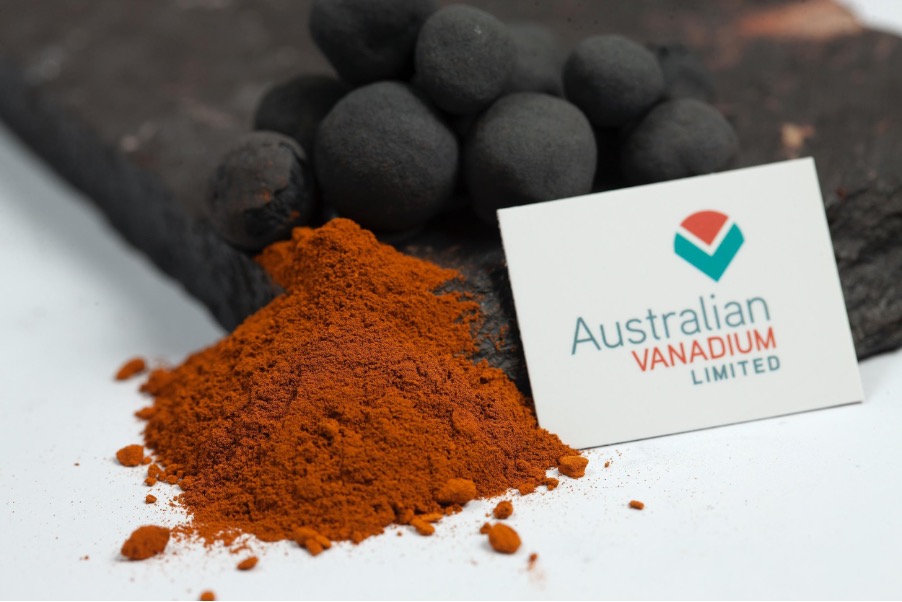
The example of how Iluka has been operating successfully in the Mid West is a model Algar wants to emulate at AVL.
”It’s worked out well for Iluka, where they mine Eneabba and then process that in the kilns at Geraldton,” Algar said.
“Then they were able to mine in Capel and send that to Geraldton, and now they’re going to be sending stuff from Victoria to Geraldton.
“They’ve been able to operate for over 40 years, by having a central processing hub with a residential workforce we can also set up in the community long term.”
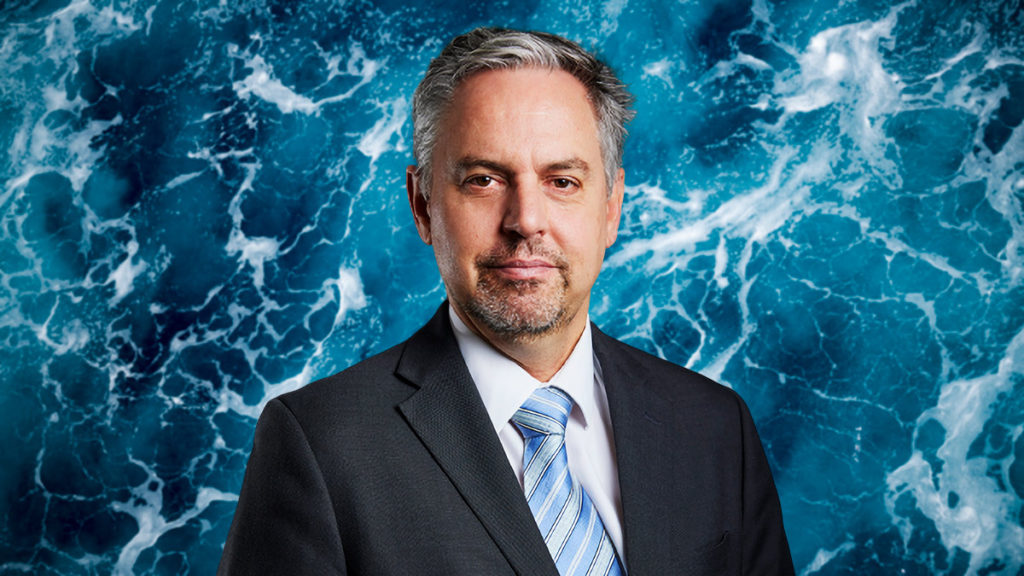
As a first mover in WA’s vanadium market, he views Australian Vanadium’s integrated project like Iluka’s new Eneabba rare earths refinery as a beachhead to the development of future vanadium resources in WA by AVL and others.
“There are generations of people that have grown up with Iluka and retired there, some of which I want to hire,” Algar said.
“I actually want to go and dig them out of retirement and get them on to the team because they know kilns, they know the town, they live there, their grandkids are there… they’re even at the footy on the weekend.”
The vanadium market is significant but, compared to other critical metals like copper and nickel, small in size.
Around 110,000t of metal is sold each year. Roughly double that if you want to count those tonnes in V2O5 concentrate.
AVL would be a substantial producer, comprising about 5% of the market, making the stock the main conduit for the vanadium thematic available to ASX investors.
Most of the world’s production is in China (~60%), but as the world’s largest steel and battery market it consumes all of its vanadium internally.
Another 15% is produced out of Russia, a serious concern for European and US steelmakers right now, with only a handful of operating mines in the West.
Most of those are in South Africa and Brazil, but it has been years since a new producer of scale emerged in the free world.
Canada’s Largo Inc., capped at around C$532 million, opened the last major vanadium operation to enter production outside China and Russia in 2014 at its Maracas Menchen mine in Brazil.
Global consumption is expected to increase 2.8% this year, with demand from the steel market alone expected by Wood Mackenzie to grow at a CAGR of 3.1% to 2030.
“It’s about 10 years since it was built and there’s enough demand growth in that market not only from a steel point of view, but also from a vanadium battery point of view,” Algar said, “So we’re about due another mine in that space.”
Vanadium could catch tailwinds not just from its use in solid state flow batteries, but also from decarbonisation in the steel and construction sector.
High quality steel finished with vanadium can help displace thousands of tonnes of CO2 emissions from reducing overall steel and cement consumption.
“If the vanadium battery market grows more, and the steel and the critical steel markets grow more, because of the impact of vanadium on decarbonisation, we could see both of those growing,” Algar says.
“The steel market might grow 3-4%, the battery market might grow at 10-15%.
“If that grows together, then there’s new demand there and a new mine is needed again, probably not in 10 years, but five years.”
At the time of writing, Vanadium is trading for around US$7.30/lb V2O5, a dip aligned with the impact of China’s Covid lockdowns on the general commodity complex.
But it has been known to boom, lifting above US$12/lb in the early days of the pandemic and hitting record prices in excess of US$30/lb in late 2018.
AVL’s BFS envisions vanadium prices of US$10.50/lb, with an upside case of US$12/lb adding over US$450m to its NPV.
“It’s got a bit of a cycle to it, but when it runs up, it runs, and it probably takes a year or two to run,” Algar said.
“We’ve now had a little run in the middle of COVID it’s come down, we see it running up.”
As prices rise, substitution comes from low grade, high cost oil shale style deposits in China derived from stone coal.
But Algar says growth in the vanadium flow battery market will “completely shift that price curve over a matter of years” providing a stable source of demand for which high grade vanadium pentoxide cannot be substituted.
To that end AVL is working to create the end market at home in WA with its battery supply subsidiary VSUN Energy.
The state’s enormous wealth of off-grid mining and agriculture projects makes it the perfect incubator.
Soon VSUN will be rolling out the first installation of a vanadium redox flow battery at a mine site on a single production pump at IGO’s Nova Nickel Mine.
“We’re building an electrolyte plant in Kwinana, we’ve got a very special technology sharing agreement with US Vanadium, where they have a proprietary and cheap method of mixing electrolyte for the market,” Algar said.
“It’ll produce about 33 megawatt hours, 1.6 million litres of electrolyte every year. “And that material will go into batteries that we sell like with the one we’re bringing in now.”
Eventually, AVL will use its own vanadium powder for its flow batteries.
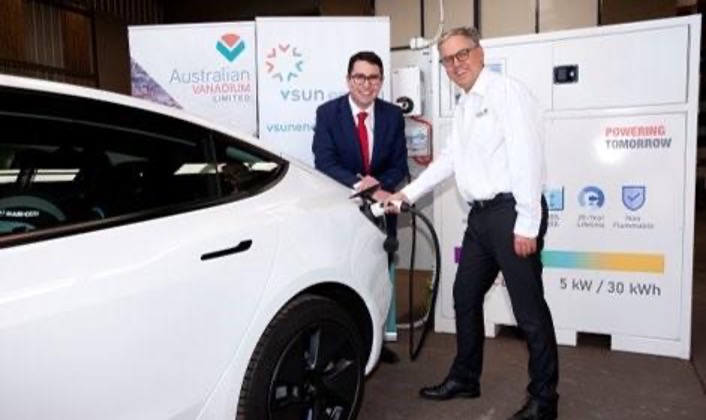
WA has large resources of vanadium, but only the Windimurra vanadium mine, not far from Gabanintha, has been developed.
Now in the hands of Indonesian tycoon Anthony Slim, Windimurra has had a chequered history.
A higher cost producer, Windimurra’s ore was typically difficult to process and lower in grade at around 0.5% V2O5.
Australian Vanadium on the other hand boasts a reserve of 30.9Mt at 1.09% V2O5, comprised of a Proved Reserve of 10.5Mt at 1.11% V2O5 (vanadium pentoxide) and a Probable Reserve of 20.4Mt at 1.07% V2O5.
By mining a higher grade, lower impurity layer of magnetite that runs through the whole Gabanintha deposit, AVL will be able to avoid high levels of silica that can complicate processing.
The sale of the iron-titanium as a co-product will also add to the value proposition, with AVL announcing a first 50,000tpa term sheet to supply 5Mtpa Chinese steelmaker Tianzhu Steel last week (September 1).
The FeTi will, like the V2O5, be shipped from Geraldton port, and has a big role in steel production.
“The titanium lines the blast furnace to protect the blast furnace and give it a longer life,” Algar said.
“So we’ve established a market for that.”
The real point of difference from a commercial perspective, Algar says, is the decision to separate the mining and processing operations at the site and its proposed plant near Geraldton.
It means AVL will be able to cut down on gas pipeline construction costs from around $180m to $20m, with six gas players “champing at the bit” to supply the processing operations.
Algar sees his company as the ‘first cab off the rank’ for WA’s vanadium hopefuls.
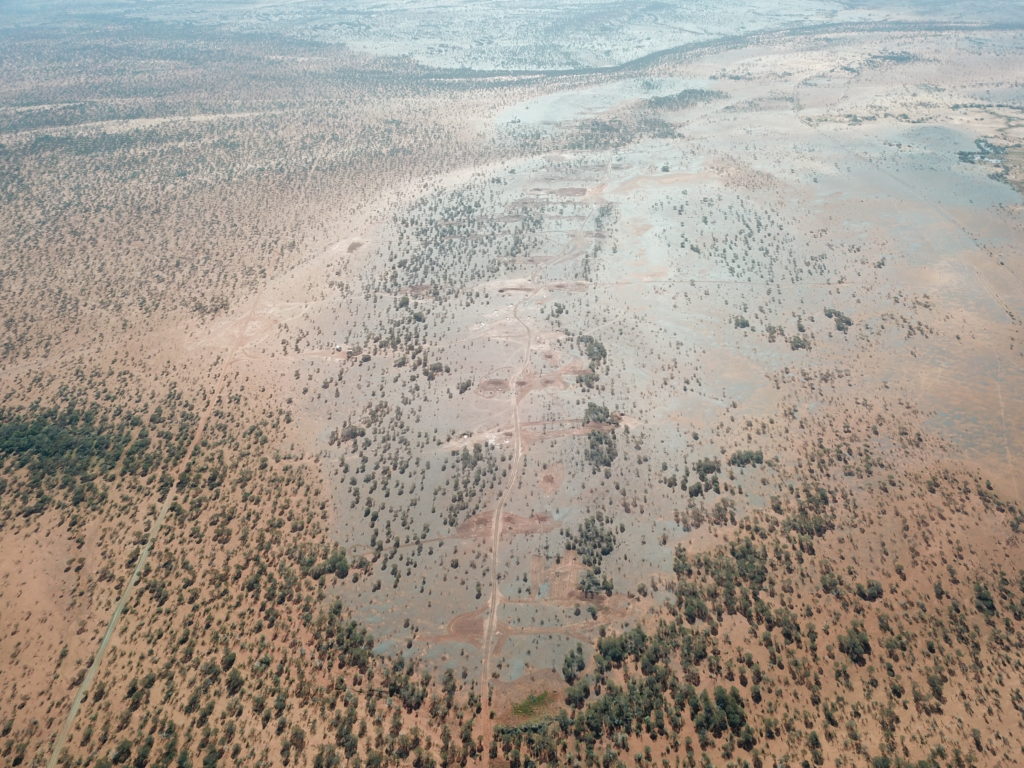
To that end an investment decision is being aimed for the end of 2022, dependent on offtakes and debt term sheets.
The BFS outlined a capex cost of around US$435 million ($640m) to get the project up and running, with the Australian Government already committing to $49 million in a grant through the Modern Manufacturing Initiative.
Algar is confident on the offtake side, with geopolitics playing a major, highly disruptive role across the sector.
With clouds now over Russia’s supply of vanadium to Europe and the US, 15% of the market and a larger share of the total available for export given China consumes its vanadium internally, he says international markets will need new sources of supply.
“Our products will be a flake product that goes off to a European, North American, Indian or Southeast Asian steel market and then a vanadium powder that’ll go into our own battery market here because we’re a perfect sandbox for flow batteries,” he said.
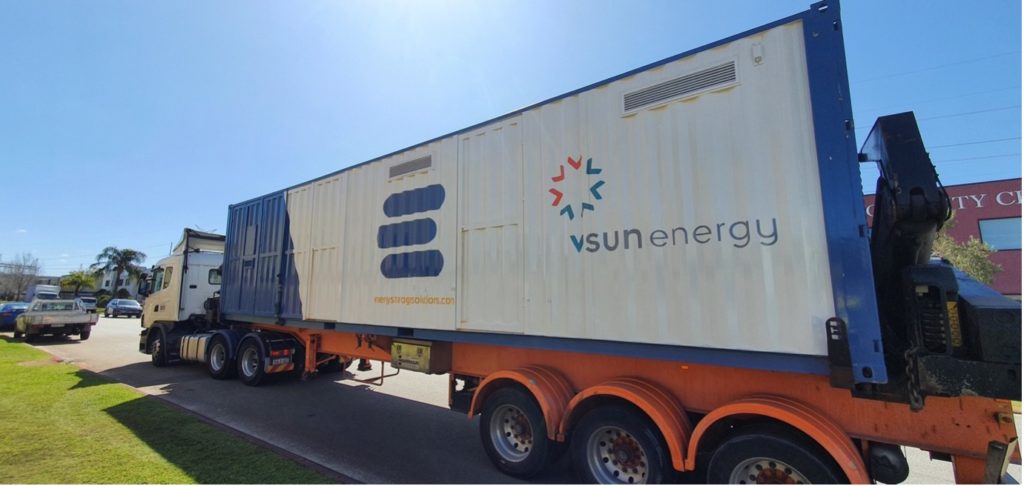
While lithium-ion batteries remain the dominant technology in energy storage, Algar said larger scale vanadium flow installations are constantly being rolled out.
“Robert Friedland’s VRB energy in China is doing gigawatt scale batteries on order through there (in China), and they are currently sourcing that vanadium probably in China as well,” he said.
“A 1GWh vanadium flow battery would use one year of our production in its entirety into one battery.
“If it’s four hours, 200MW hours which is as big as running one of the aluminium refineries for four hours, it’s massive, so you’re talking about big stuff.
“But those technologies are being deployed in China and Japan. You can see how that would shift the dial in terms of market dynamics.”
He says in certain applications vanadium flow batteries, which have 20 year life spans and where the vanadium is recoverable at the end of its life, will be beneficial over lithium ion batteries.
“All of that lithium that we put in there we can put into vehicles and truly displace carbon,” he said.
“What those large lithium batteries do is they don’t really shift large amounts of energy around, they just support the grid… not really providing backup for our renewables.”
This article was developed in collaboration with Australian Vanadium, a Stockhead advertiser at the time of publishing.
This article does not constitute financial product advice. You should consider obtaining independent advice before making any financial decisions.